renovation goma kyoto japan
ceramics studio
goma japan
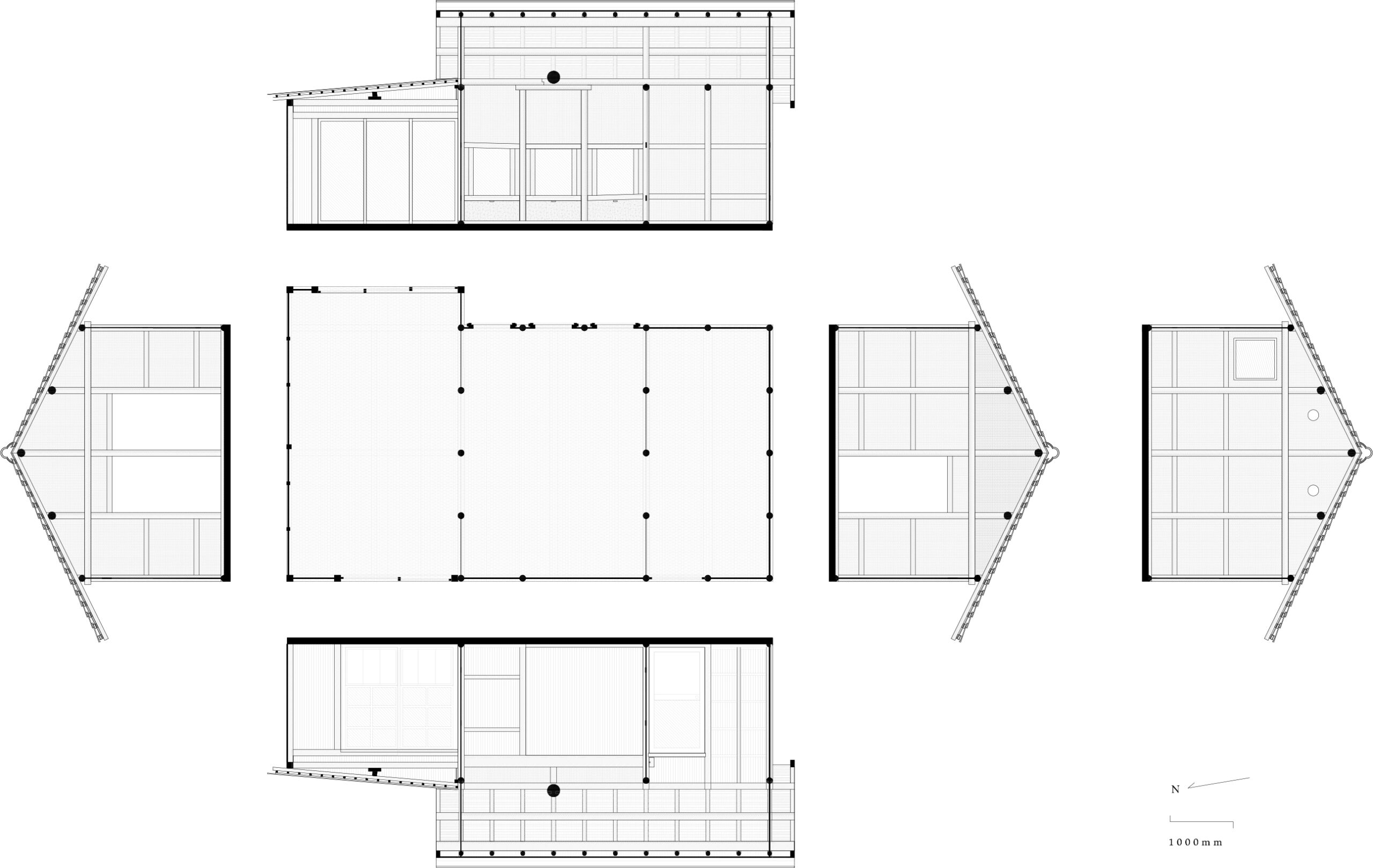
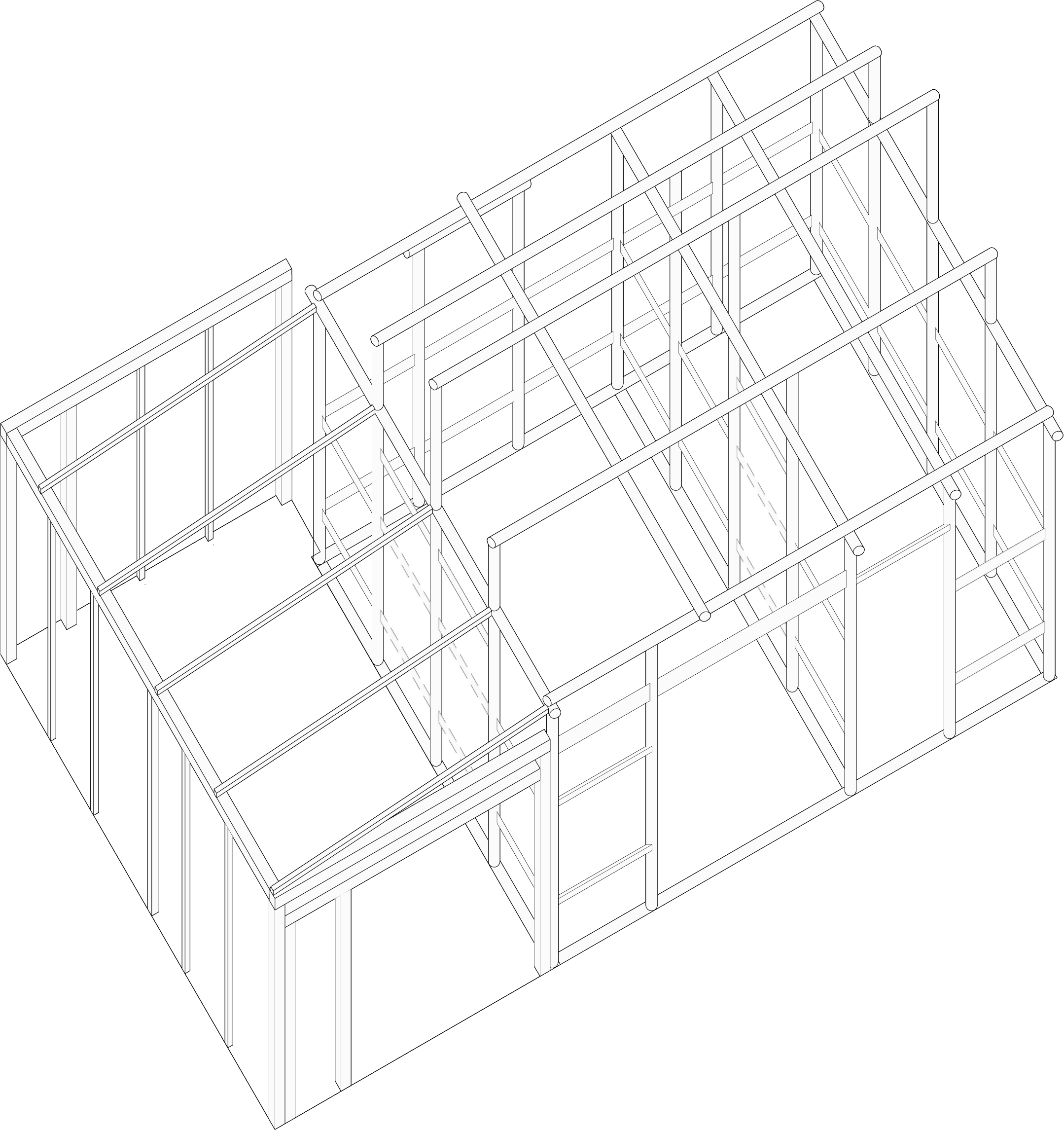
“I need a place
for the clay to sleep,
slowly wake up
and face a new day.”
Santosha san
client
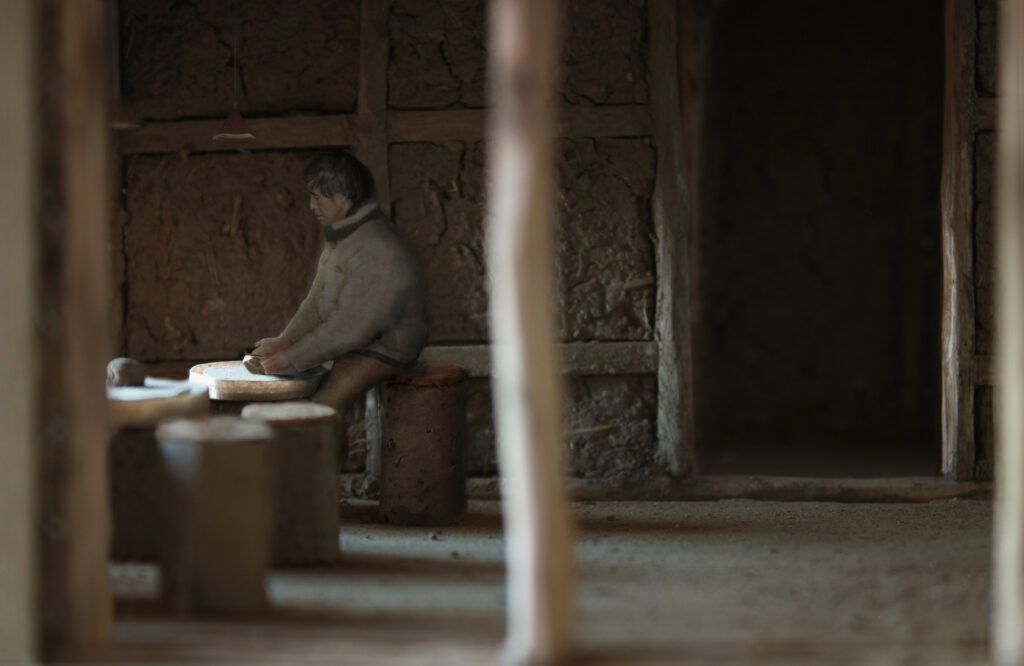
just clay around
The client was a poet. Ceramics his means to write. The renovation of this old barn was about clay. Not only for the purpose of the craft, but also in the construction of the barn itself. Traditional clay- containing tsuchikabe walls have a discharging role when earthquake forces hit the traditional wooden ‘nuki’ detailed carpentry. Hardly any decision wasn’t concerned with clay. Answers to challenges in the process often lay in listening to what the clay needs. AvH was grateful to be part of a team with earthquake specialist and architect Imamura San, tsuchikabe apprentice Ms. Imeroni, master carpenter Kamimoto San, and the client, poet, philosopher, ceramist Santosha San. They know clay, like I don’t even know myself.
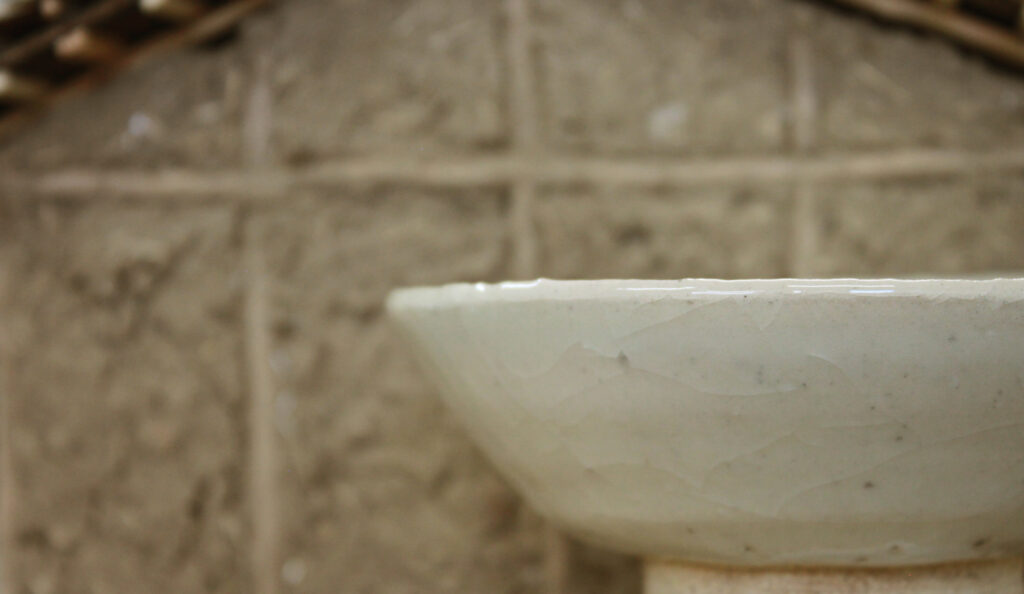
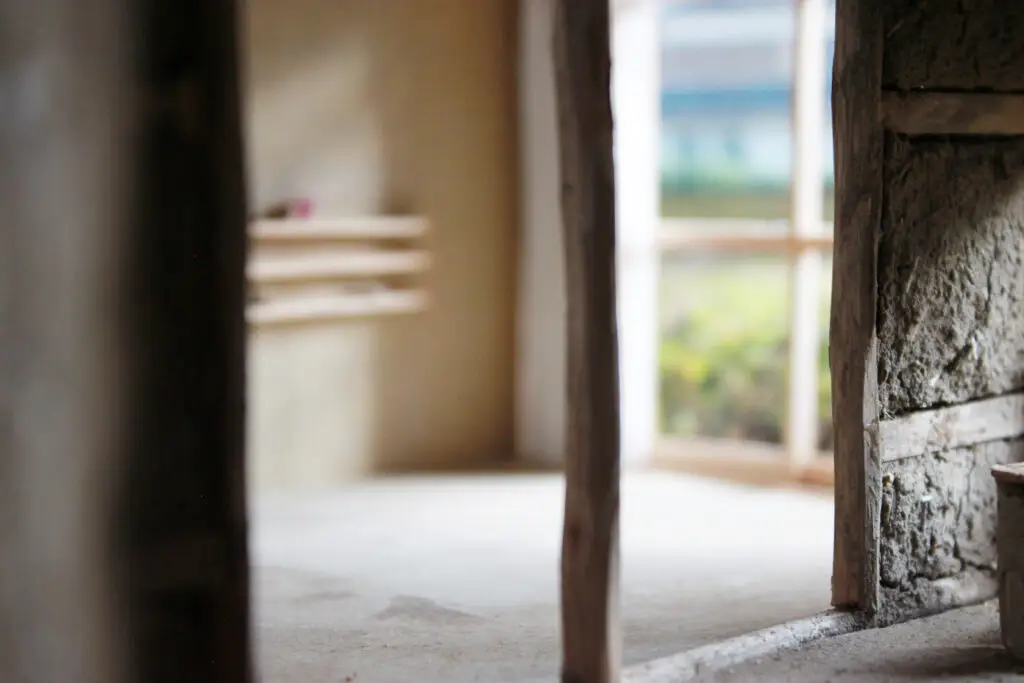
renovation goma kyoto japan
ceramics studio
goma japan
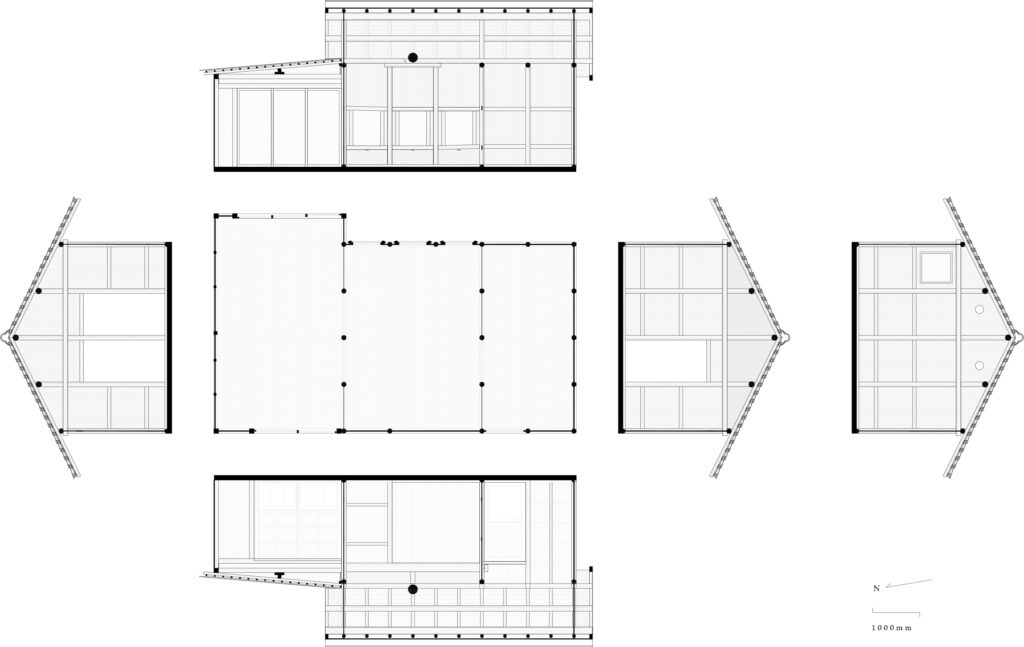
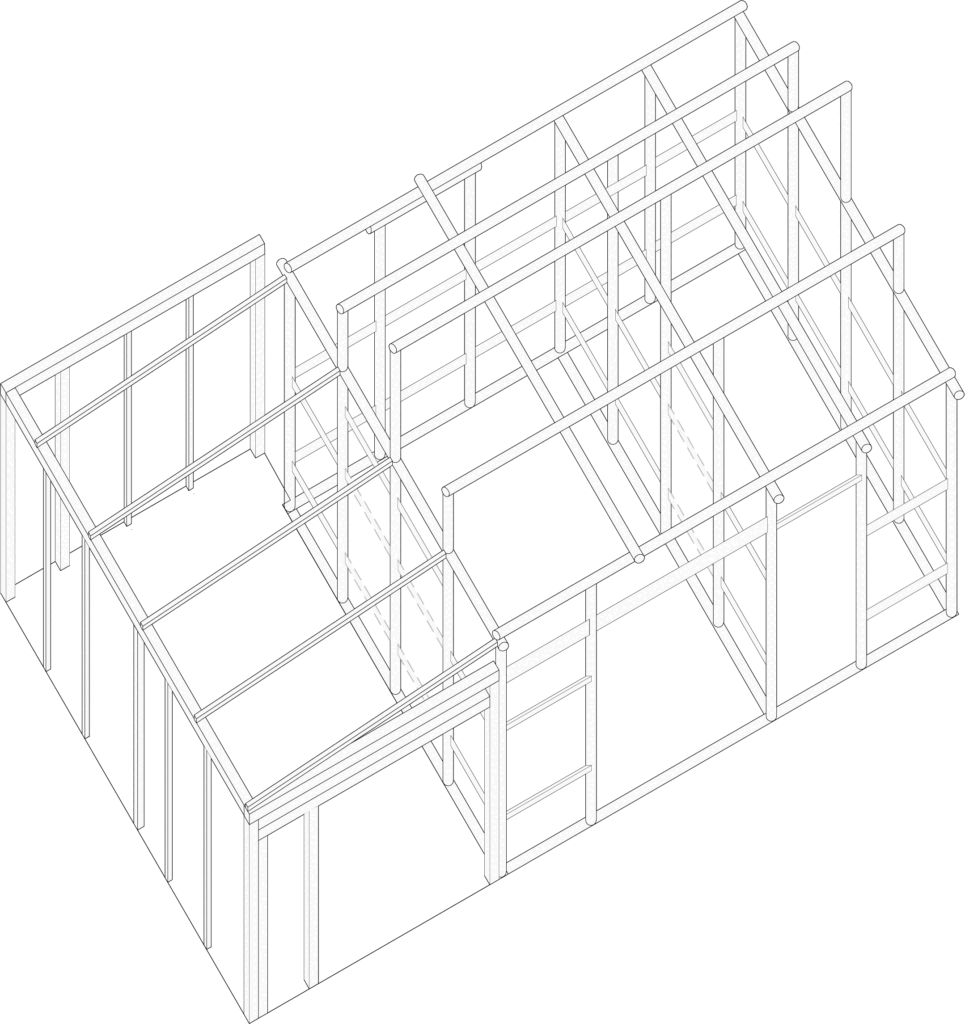
“I need a place
for the clay to sleep,
slowly wake up
and face a new day.”
Santosha san
client

just clay around
The client was a poet, ceramics his means to write. The renovation of this old barn was about clay. Not only for the purpose of the craft, but also in the construction of the barn itself. Traditional clay- containing tsuchikabe walls having a discharging role when earthquake forces hit the traditional wooden ‘nuki’ detailed carpentry. Hardly any decision wasn’t concerned with clay. Answers to challenges in the process often lay in listening to what the clay needs. AvH was grateful to be part of a team with earthquake specialist and architect Imamura San, tsuchikabe apprentice Ms. Imeroni, master carpenter Kamimoto San, and the client, poet, philosopher, ceramist Santosha San. They know clay, like I don’t even know myself.


underground spaces for contemplation rochebaudin france
JARDIN AVIAS
Jardin Avias is a public garden in the mountain village of Rochebaudin. The garden lies adjacent to the historical monument, Chapelle Notre Dame de Senisse. This limestone chapel, dating from the 9th century, is surrounded by the village cemetery. It’s an area full of contemplative, spiritual qualities.
Jardin Avias is a place where the qualities of this religious context are embraced and translated into a contemporary language. The number of Christian religious people in France has decreased, and so has the number of visitors to the chapel. Yet the human needs for which religion once emerged have remained, if not grown. Themes such as togetherness, meaning, and direction, for which religion provides guidance, are ever more needed within the souls of people, albeit in a different, contemporary language.
Jardin Avias approaches this contemporary language with a combination of a wild garden and underground spaces for contemplation. In the garden, plants grow as plants grow. A wild garden that naturally emerges along with the seasons, stars, moon, sun, clouds, rain, snow, wind, and animals that pass through.
Amidst this composition of plants, several limestone sculptures invite the visitor to an underground world below. In this underground sequence of spaces, the visitor is surrounded by shades of darkness. Yet, through the limestone sculptures in the garden above, light descends into the underground spaces. Through a sequence of sculptures, the light guides visitors to places where they can meet the sky in different ways. An exploration of our relationships with the sky around us.

underground spaces for contemplation
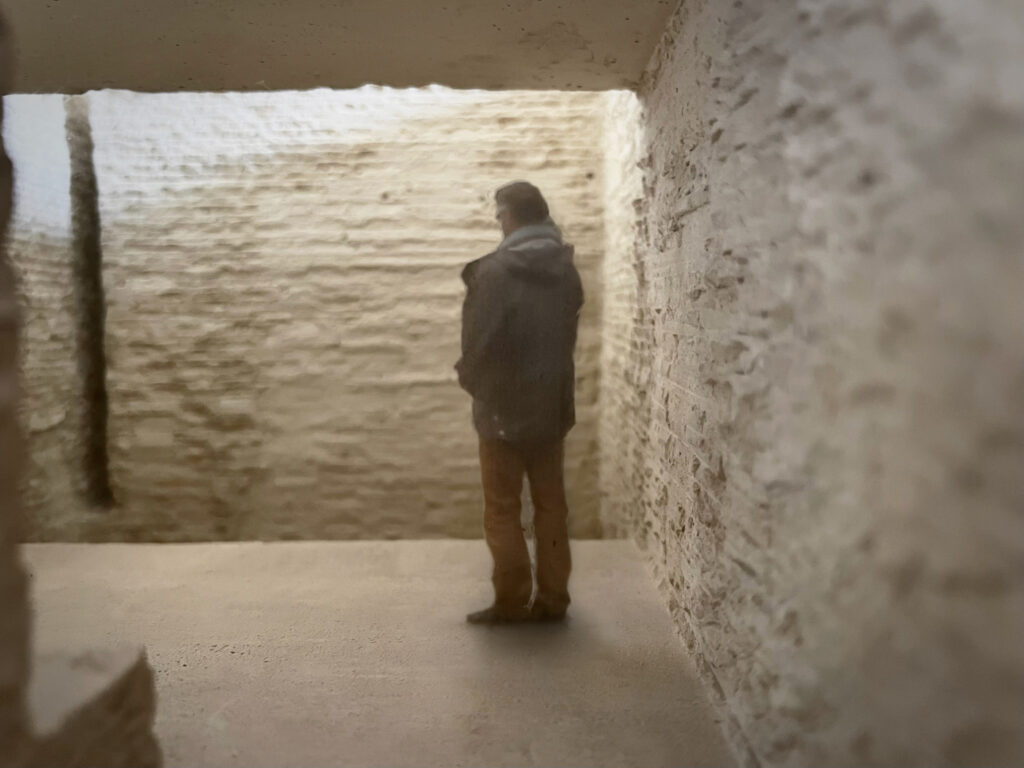
ways to meet the sky
morning skies

evening skies

a place to be alone together
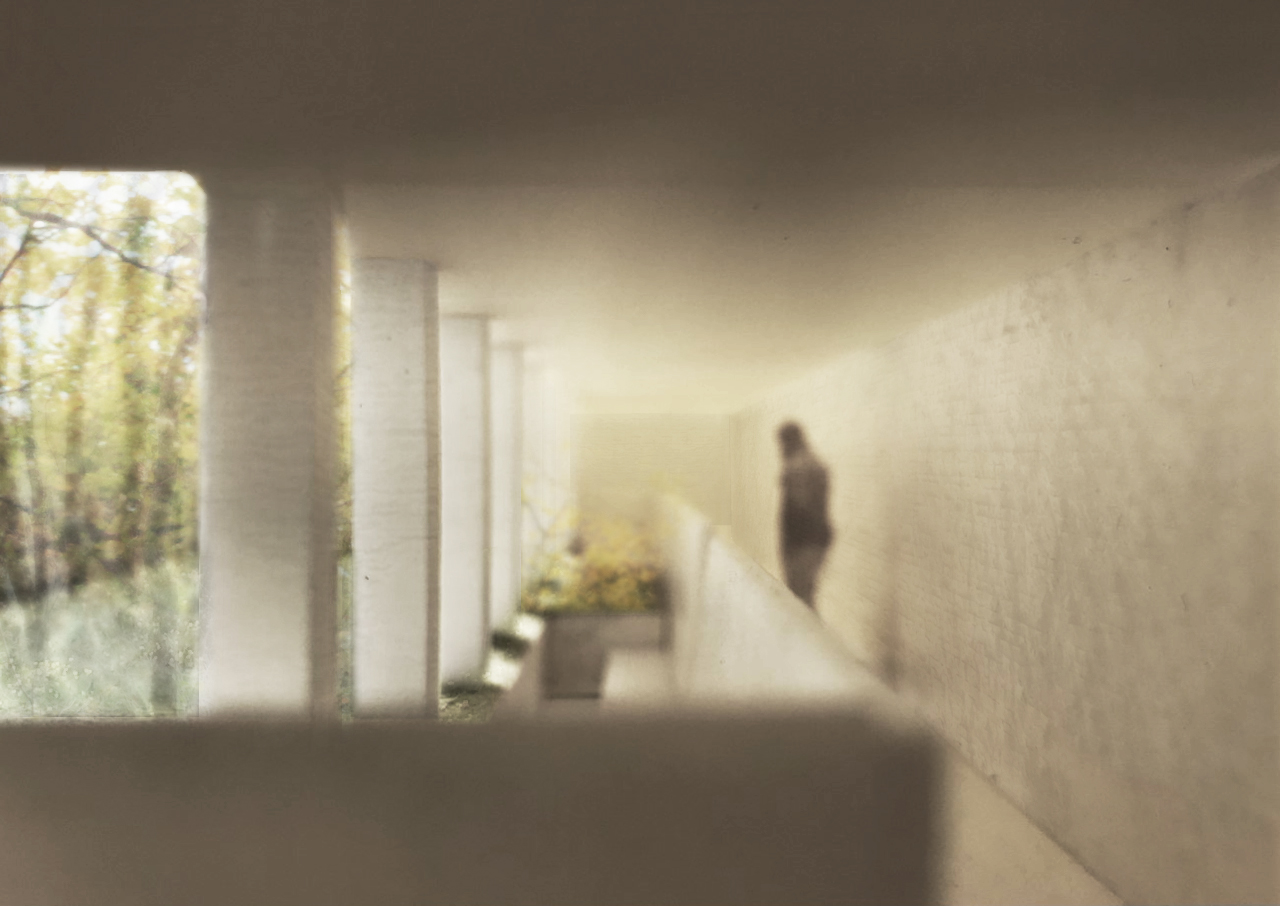
in the middle of the Rimandoule Valley
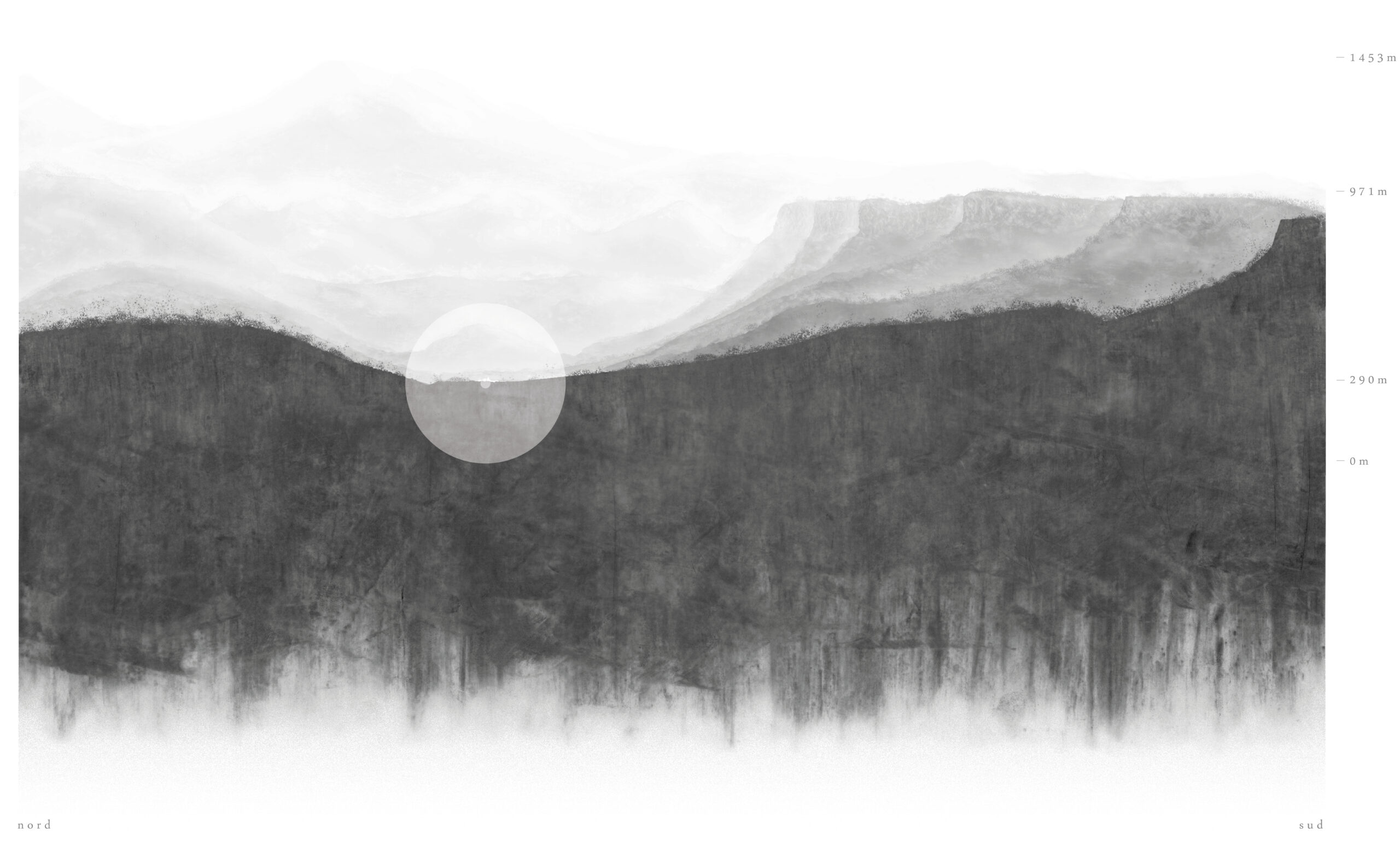
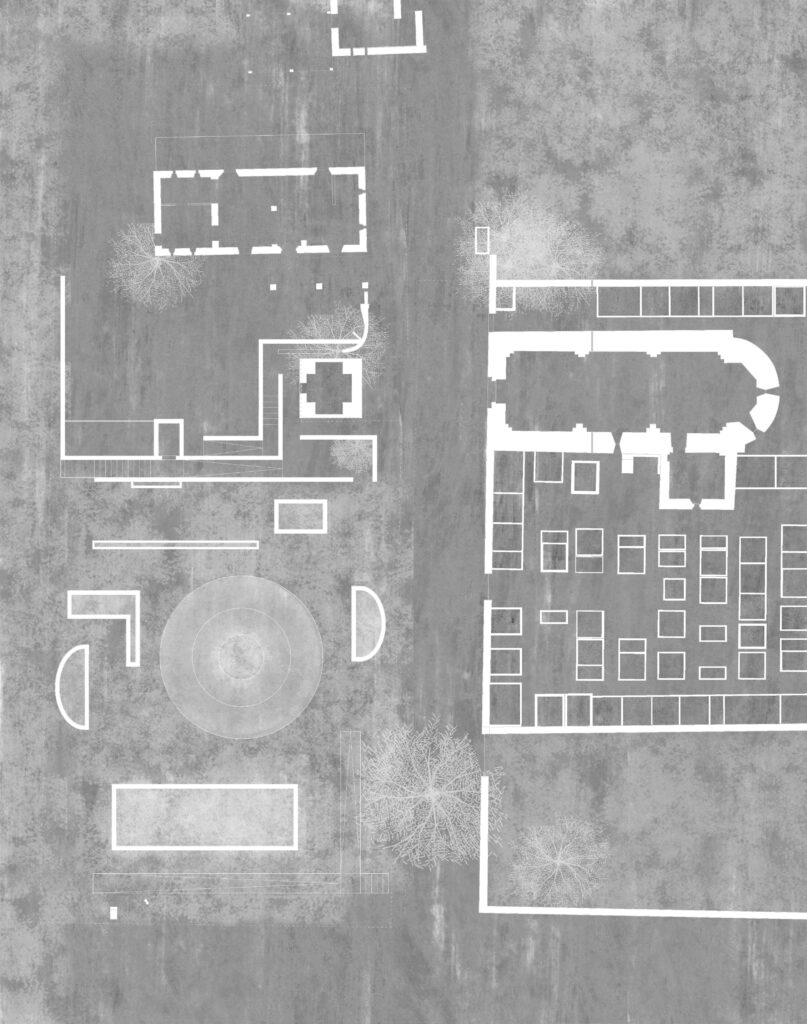
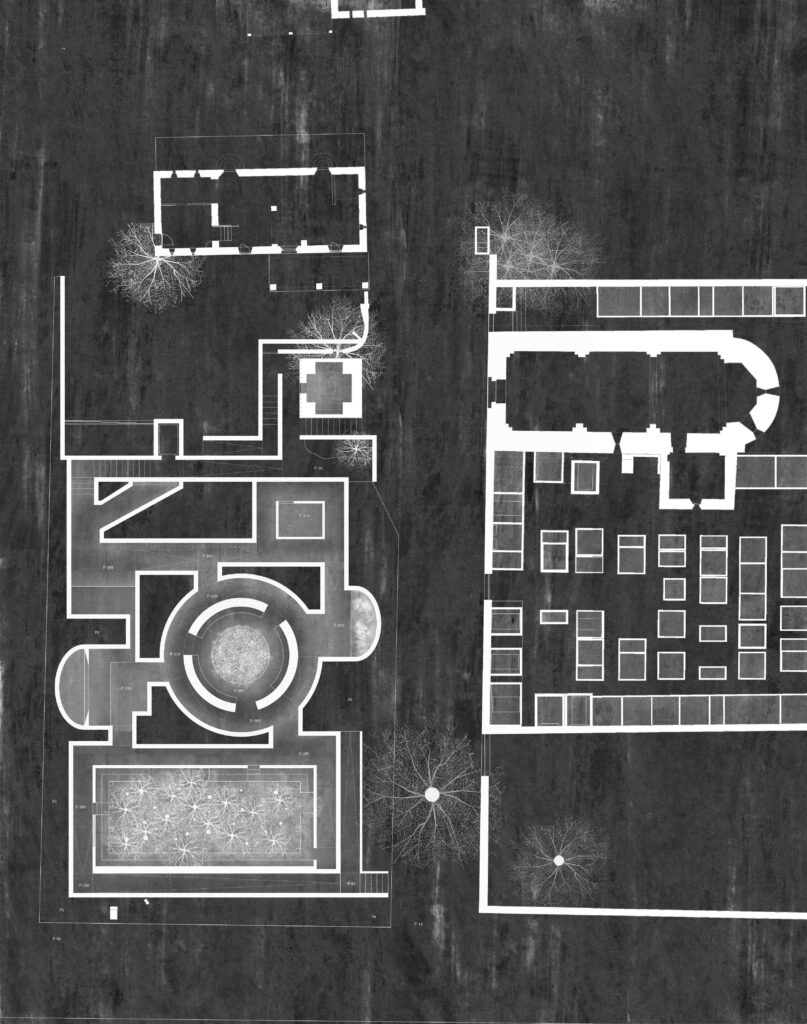
connecting religious heritage to contemporary society
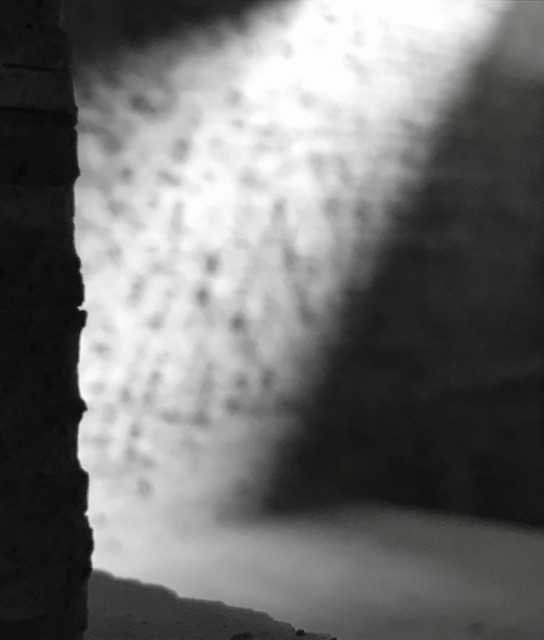
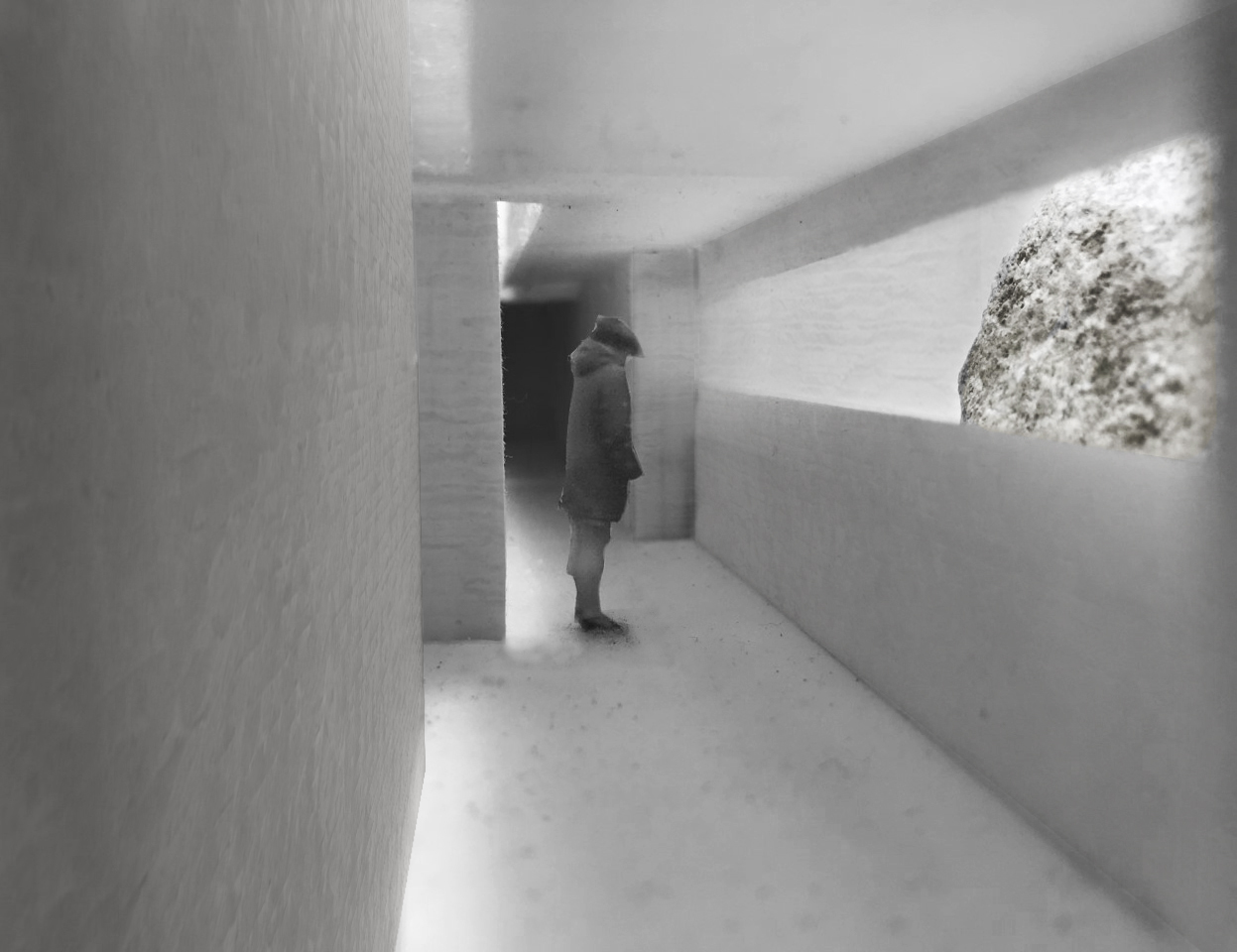
underground spaces for contemplation
rochebaudin france
JARDIN AVIAS
Jardin Avias is a public garden in the mountain village of Rochebaudin. The garden lies adjacent to the historical monument, Chapelle Notre Dame de Senisse. This limestone chapel, dating from the 9th century, is surrounded by the village cemetery. It’s an area full of contemplative, spiritual qualities.
Jardin Avias is a place where the qualities of this religious context are embraced and translated into a contemporary language. The number of Christian religious people in France has decreased, and so has the number of visitors to the chapel. Yet the human needs for which religion once emerged have remained, if not grown. Themes such as togetherness, meaning, and direction, for which religion provides guidance, are ever more needed within the souls of people, albeit in a different, contemporary language.
Jardin Avias approaches this contemporary language with a combination of a wild garden and underground spaces for contemplation. In the garden, plants grow as plants grow. A wild garden that naturally emerges along with the seasons, stars, moon, sun, clouds, rain, snow, wind, and animals that pass through.
Amidst this composition of plants, several limestone sculptures invite the visitor to an underground world below. In this underground sequence of spaces, the visitor is surrounded by shades of darkness. Yet, through the limestone sculptures in the garden above, light descends into the underground spaces. Through a sequence of sculptures, the light guides visitors to places where they can meet the sky in different ways. An exploration of our relationships with the sky around us.
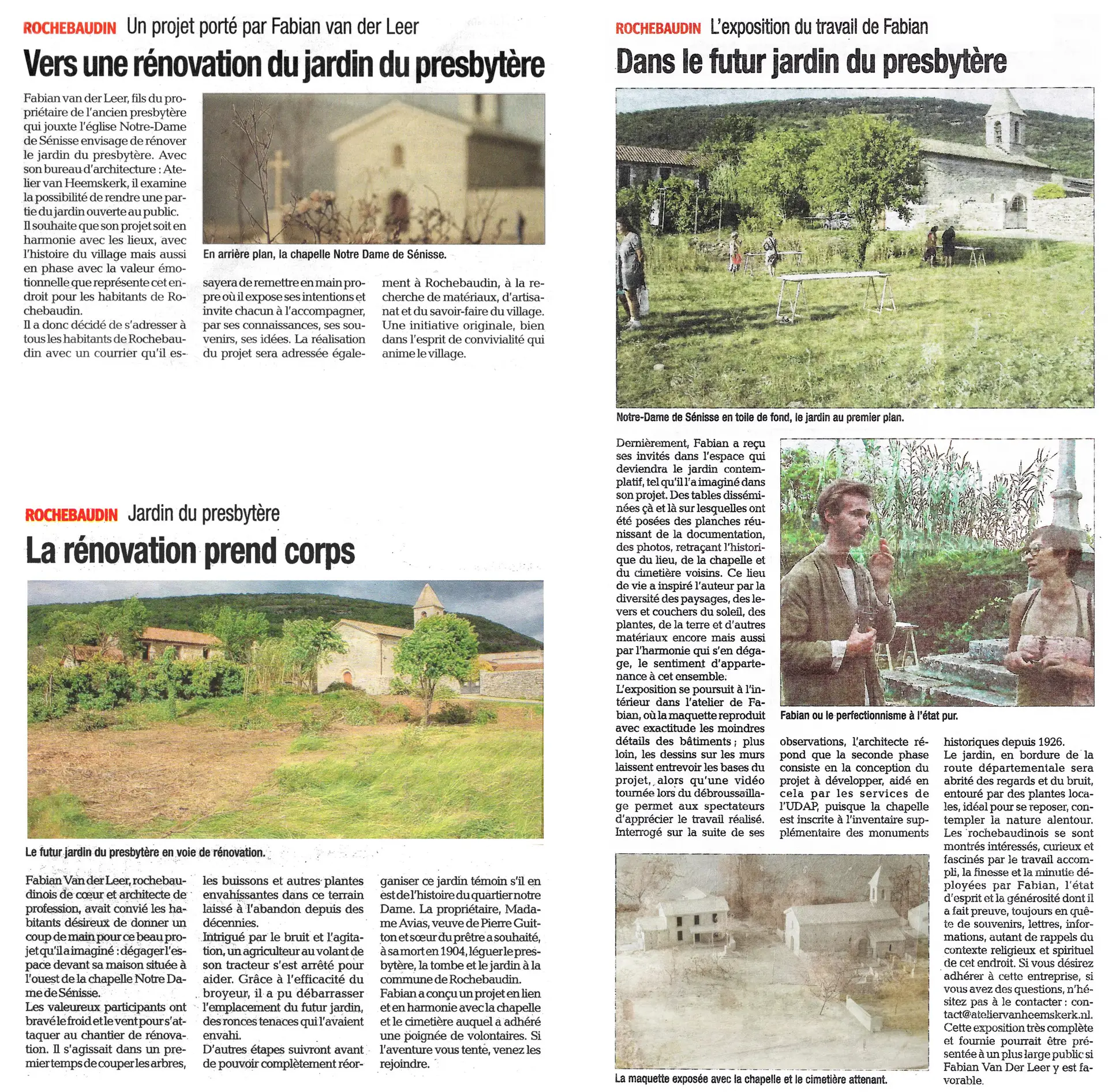
underground spaces for contemplation

ways to meet the sky
morning skies

evening skies

a place to be alone together

in the middle of the Rimandoule Valley



connecting religious heritage to contemporary society


from one french birch
table by a tree
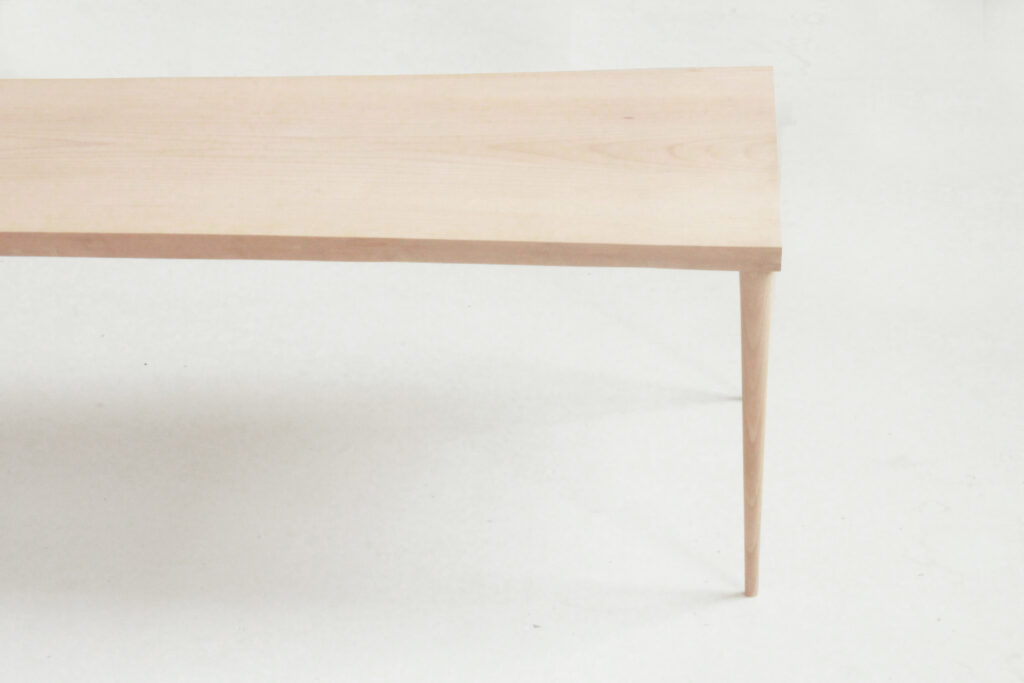
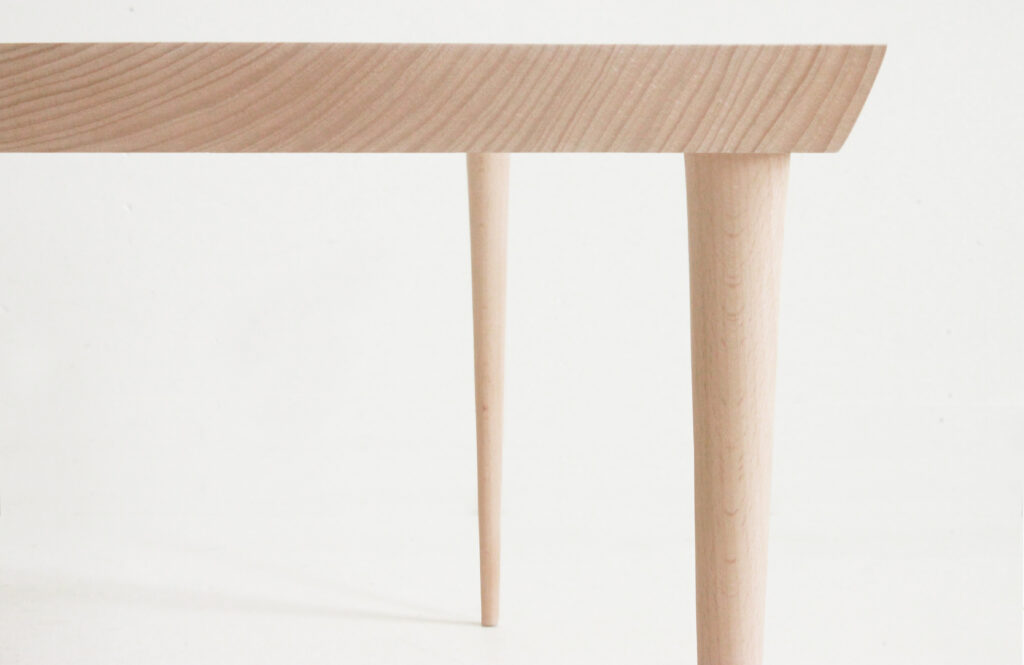
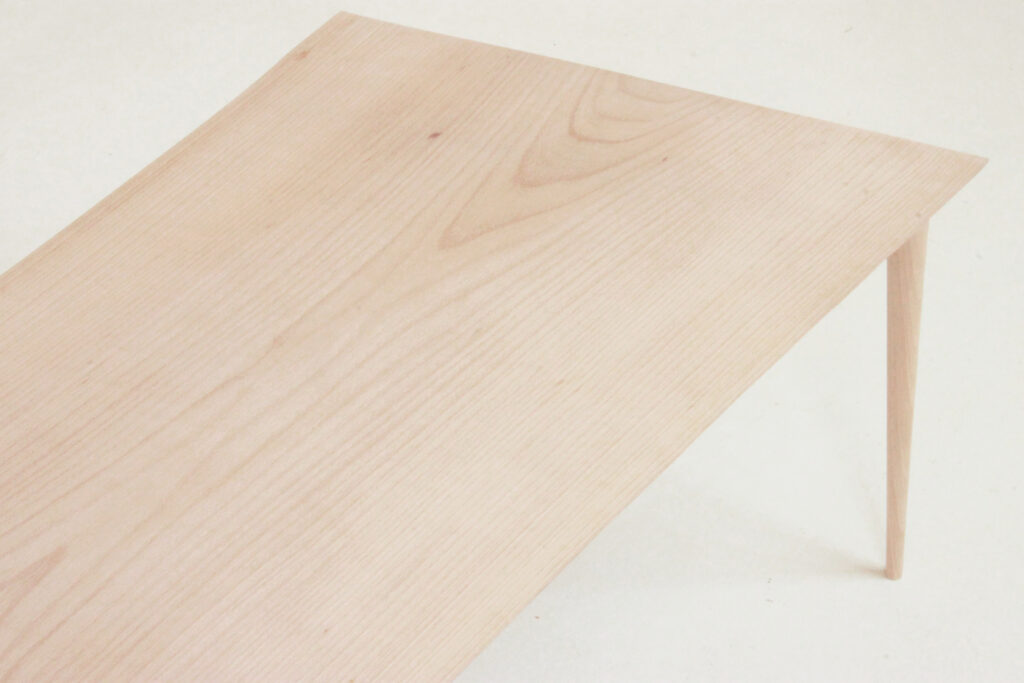
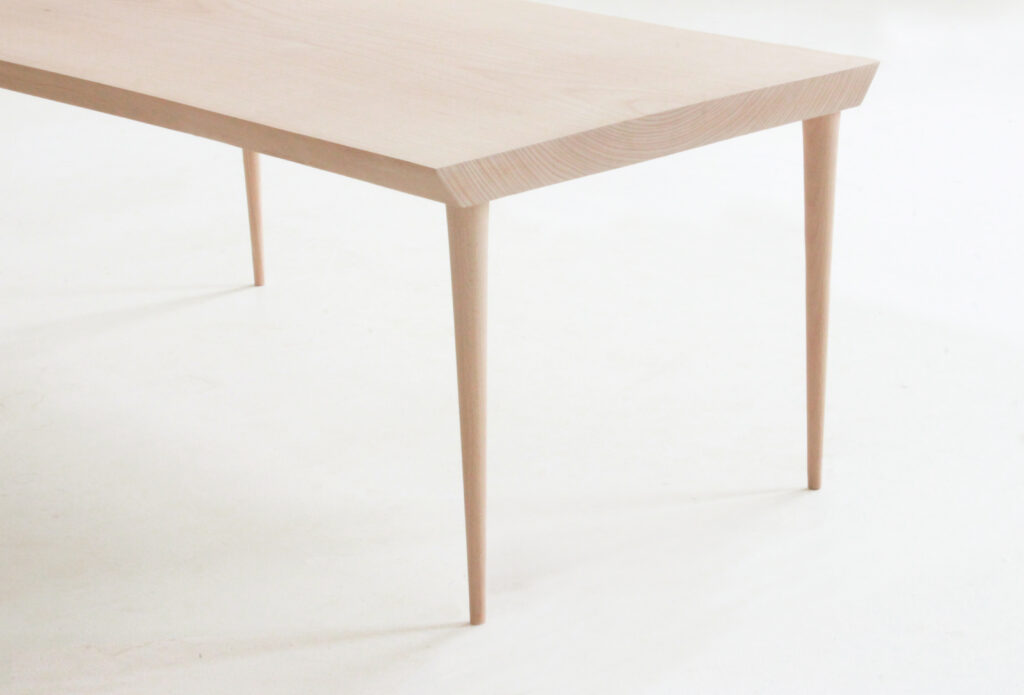
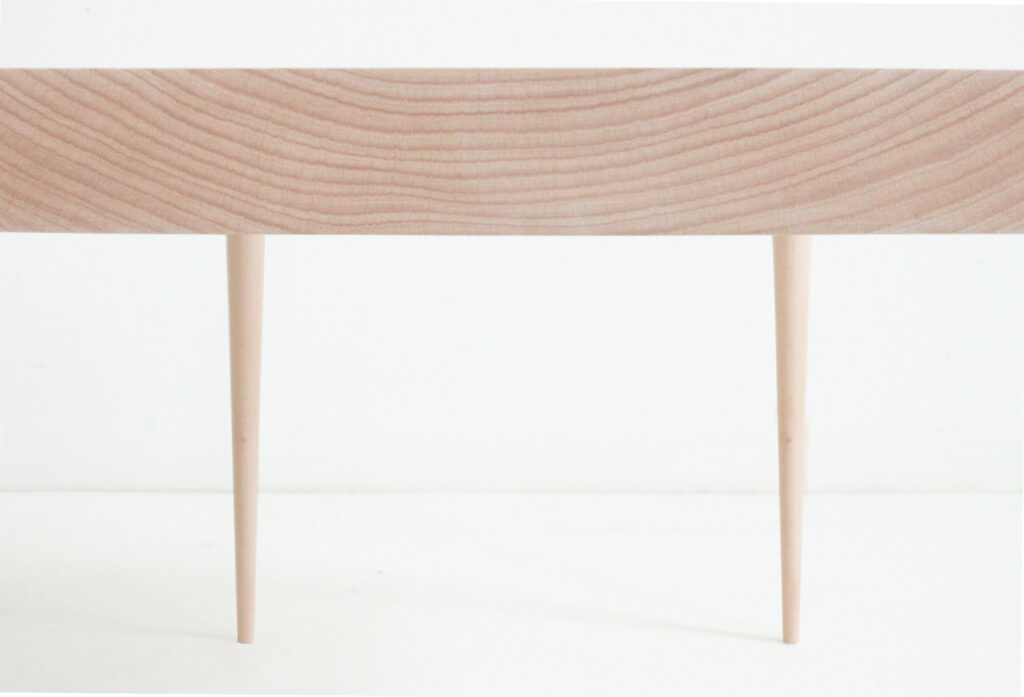
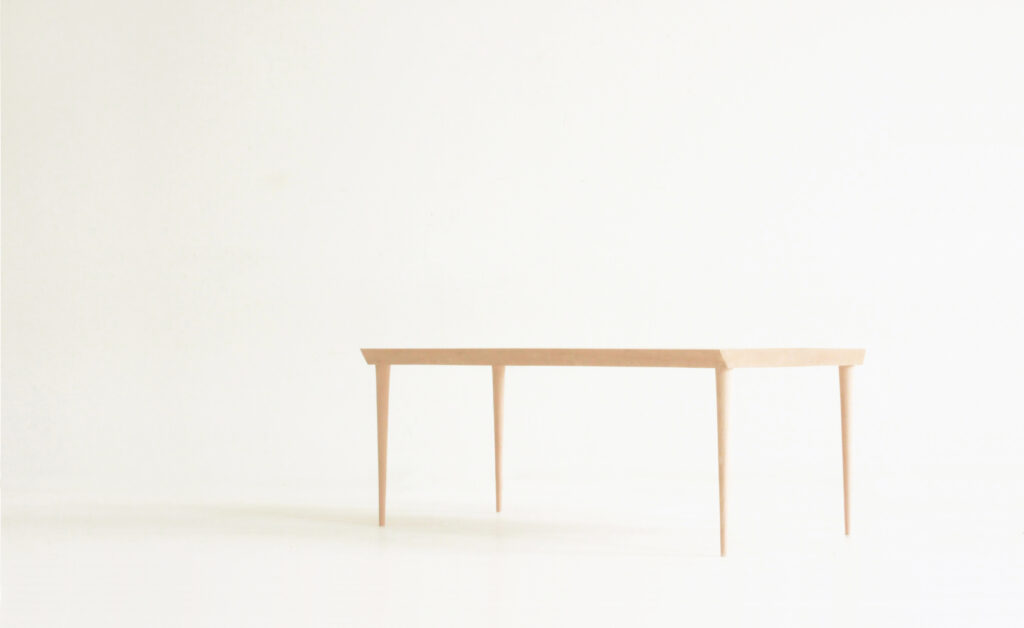
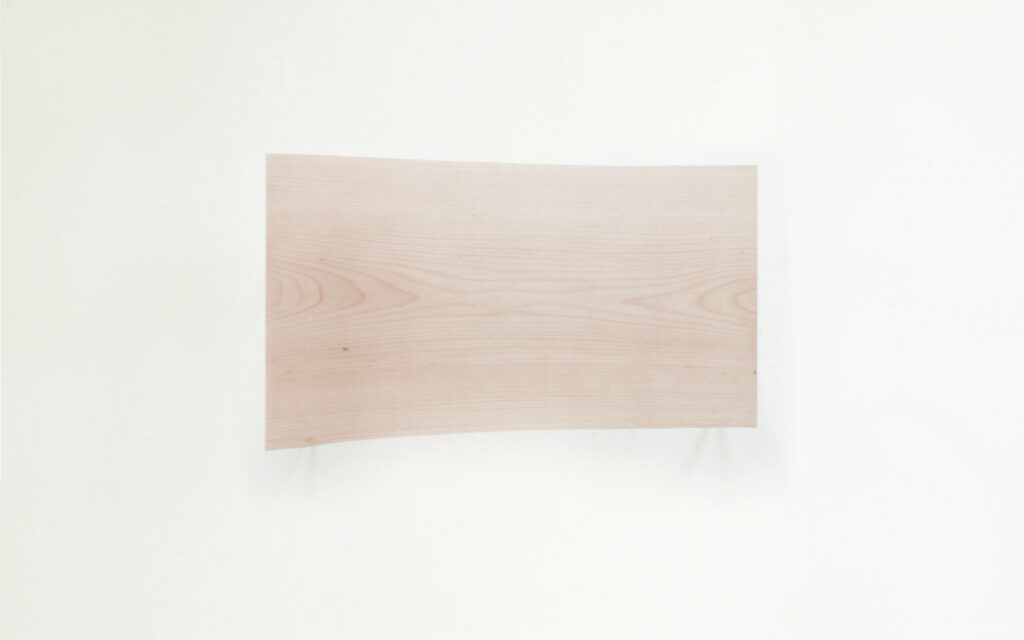
from one french birch
table by a tree

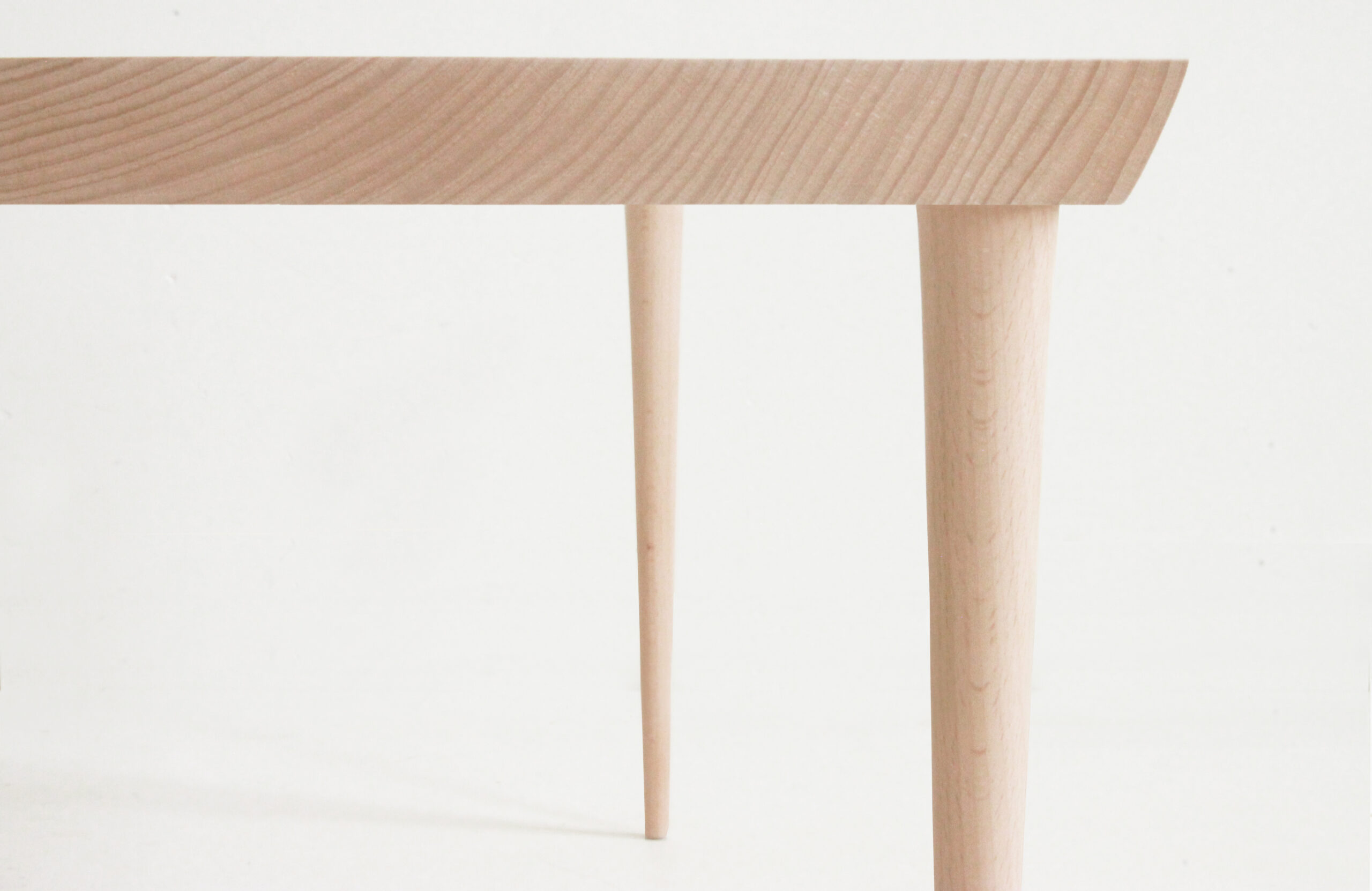

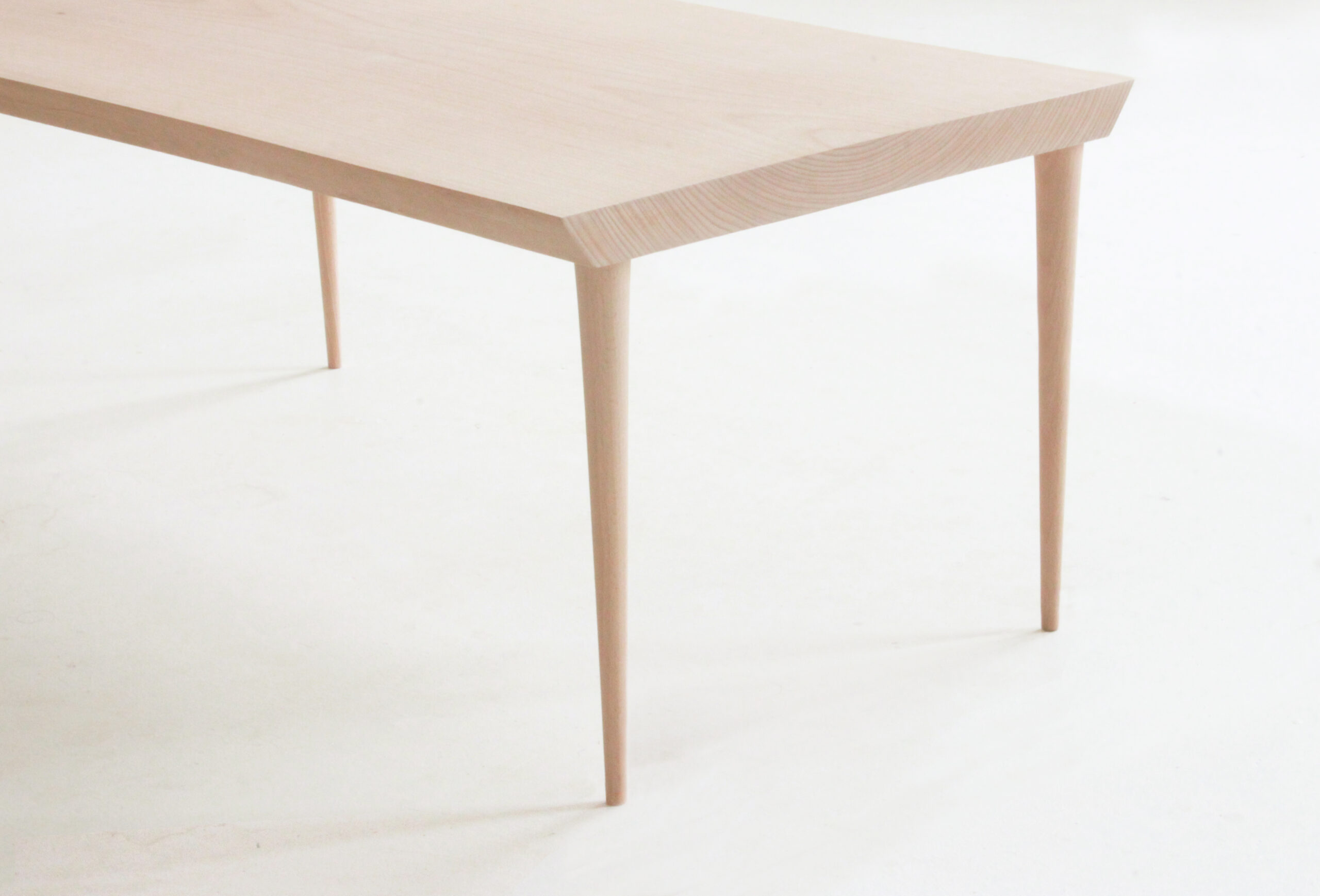
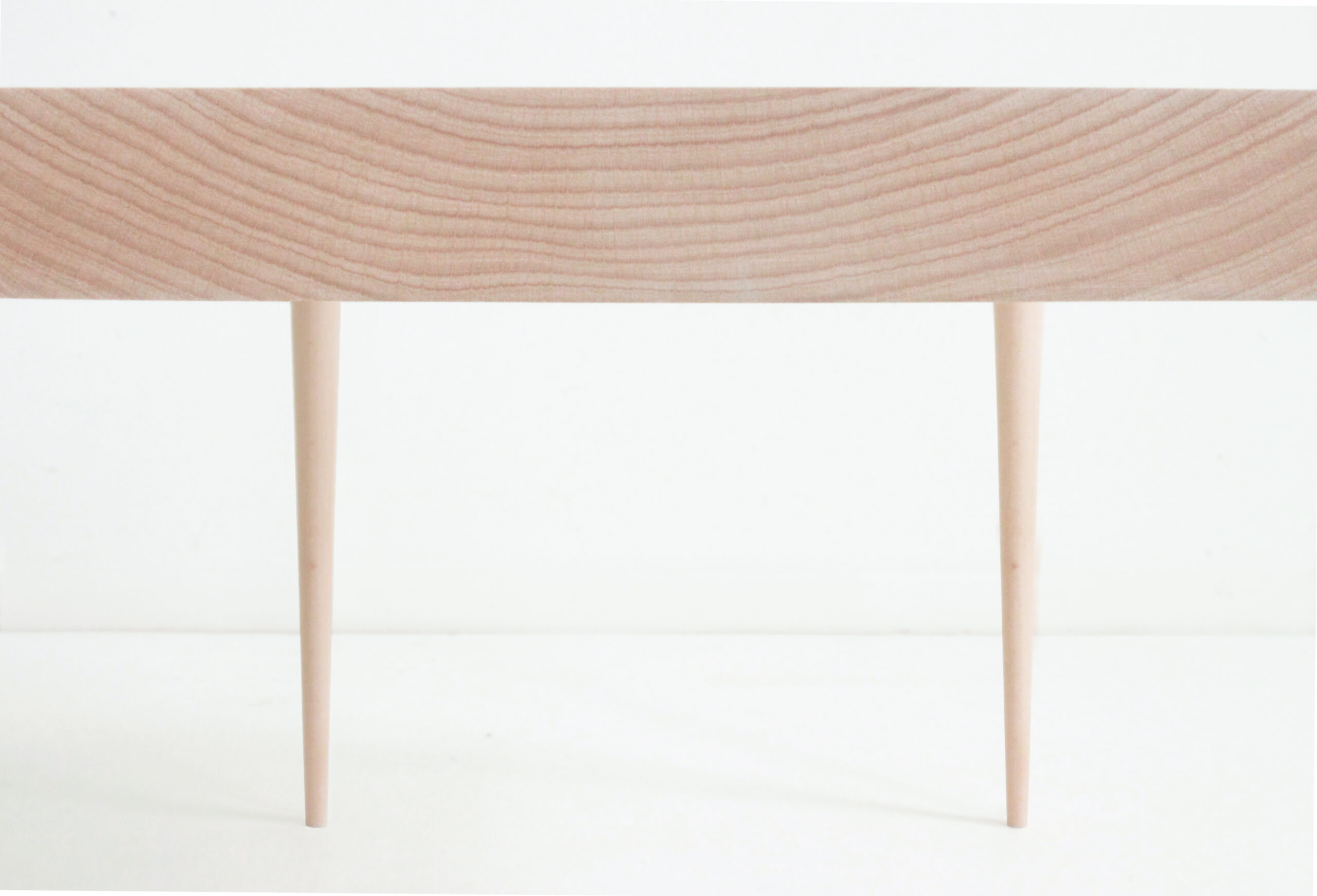
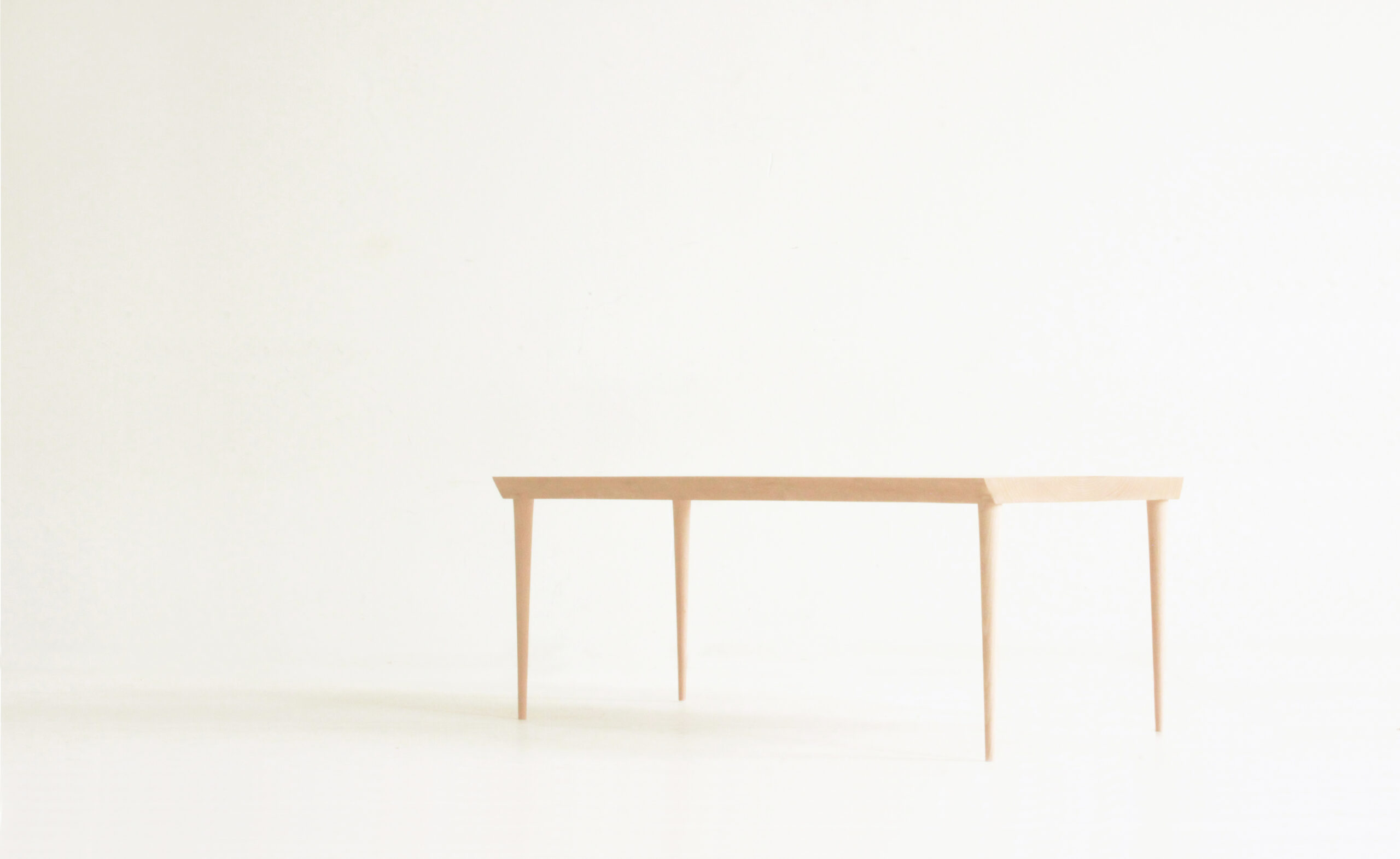
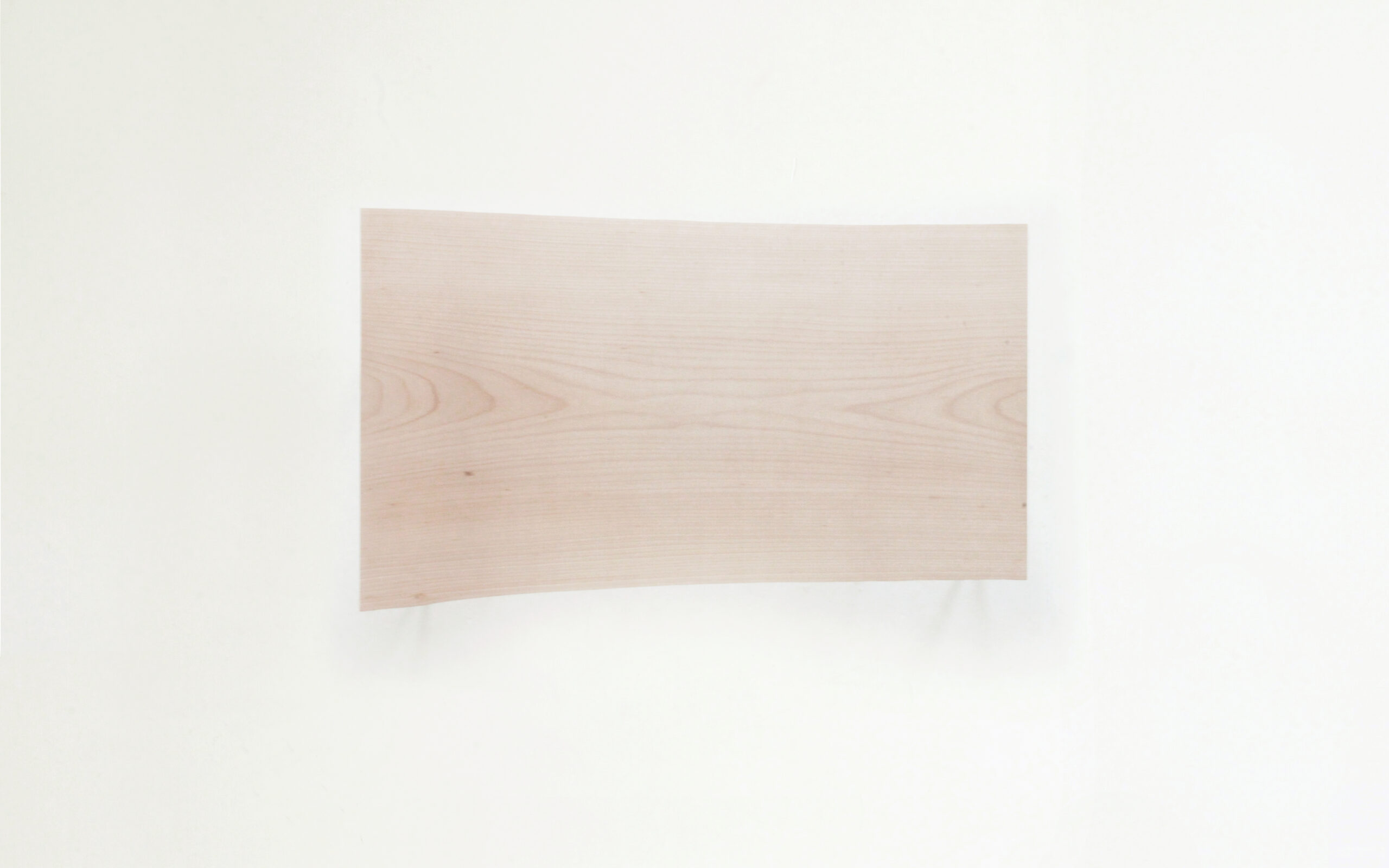
a sense of belonging
APPROACH
follow dust in sunshine
At AvH we are passionate for the potential of architecture to invoke a sense of belonging within people. Spaces that are able to move a person in such a way that one feels rooted in place and time. As if something within them belonged there, even when they had not been there before. Feeling part of the very moment surrounding us.
Long before I got involved in the profession of architecture, I experienced some spaces were able to move me profoundly, as if I deeply came home, beyond being at home. Places where time doesn’t tick, but where it moves gently through the space. Where my eyes follow dust in sunshine, while a hand of a child is looking for grip on the shoulder of his father. As I watch clouds move, from one to another side of the window, I hear a door closing. I stand up, with a book I’ll never read, to walk outside and wonder, if I can see my own reflection in the rain.
Something in the way the light falls in such spaces, can touch me instantly, like a piece of music. While a stone wall tells me as much about its presence, as about its absence in the spaces left between.
Such places are hard for me to leave.
at cloud's pace
At AvH, we believe this sense of belonging lives in intangible moments.
Experiences that cannot be forced or owned, but only deeply received.
They come and go, out of nowhere.
Arriving like the wind, leaving at a cloud’s pace.
I felt a sense of belonging while living in monasteries,
while sleeping under a bridge,
while walking in the busy shopping streets of Kyoto,
and in the flickering water of the Rhône.
I felt at home in a local train leaving Chur,
in the voice of a passer-by in Nijmegen,
in a candle burning in a tiny chapel in Comps,
in a hidden square in the center of Paris,
on a bench in the busy airport of Zurich,
in a small niche of the central library in Amsterdam,
in a window above a busy street in Ghent.
Sometimes the connection felt so strong that this sense of belonging
overwhelmed me like a spatial falling-in-love,
with the present as dear to me as the past and future combined.
when it's there
With AvH, we approach materials and their spatial composition in their role of contributing to a sense of belonging within people. For this, we aspire to work like musicians, with instruments composing music, except that we use materials to compose space.
We like pieces of music where nothing feels excessive, and nothing feels missing. A fine balance where both the sounds and the silences are intrinsically present, so that they seem to belong, as if they have always been there.
Like the intrinsic presence of a tree or a mountain, where one doesn’t feel the need to consider whether that mountain should have been in a different position, of a different color, or whether the composition of branches on the tree should have grown differently. For they come with a certain presence as they are; they belong to the place, a certain honesty or self-evidence, rooted in that place and time.
In AvH’s projects, we investigate this intrinsic presence of materials and their composition in each project location. We dive into this extensive, intangible, and non-linear process until a sense of belonging starts to emerge in the design. It’s not hard science, but the sparkle in the eyes of our clients and our own team certainly tells us when it’s there. We do not stop until it’s hard to imagine the place was ever without the presence of what we create, until it belongs to that place and time.
approach the creation
At AvH, we believe architecture, part of a larger whole, has the potential to contribute to a sense of belonging. This belief forms the impetus for AvH’s projects.
We consider the contribution to one feeling this sense of belonging to a moment, one of the greatest gifts an architect can work on. We’re grateful for the places where we experienced this ourselves, and we’re as grateful for the projects, clients, craftsmen, engineers, civil servants and many other involved in our projects, who allow AvH to approach the creation of places with this potential.
I never know the words
for a person passing by
who sits across from me,
so that we are both alone
and still part of this together.
a sense of belonging
APPROACH
follow dust in sunshine
At AvH we are passionate for the potential of architecture to invoke a sense of belonging within people. Spaces that are able to move a person in such a way that one feels rooted in place and time. As if something within them belonged there, even when they had not been there before. Feeling part of the very moment surrounding us.
Long before I got involved in the profession of architecture, I experienced some spaces were able to move me profoundly, as if I deeply came home, beyond being at home. Places where time doesn’t tick, but where it moves gently through the space. Where my eyes follow dust in sunshine, while a hand of a child is looking for grip on the shoulder of his father. As I watch clouds move, from one to another side of the window, I hear a door closing. I stand up, with a book I’ll never read, to walk outside and wonder, if I can see my own reflection in the rain.
Something in the way the light falls in such spaces, can touch me instantly, like a piece of music. While a stone wall tells me as much about its presence, as about its absence in the spaces left between.
Such places are hard for me to leave.
at cloud's pace
At AvH, we believe this sense of belonging lives in intangible moments. Experiences that cannot be forced or owned, but only deeply received. They come and go, out of nowhere. Arriving like the wind, leaving at a cloud’s pace.
I felt a sense of belonging while living in monasteries, while sleeping under a bridge, while walking in the busy shopping streets of Kyoto, and in the flickering water of the Rhône. I felt at home in a local train leaving Chur, in the voice of a passer-by in Nijmegen,
in a candle burning in a tiny chapel in Comps,
in a hidden square in the center of Paris,
on a bench in the busy airport of Zurich,
in a small niche of the central library in Amsterdam, in a window above a busy street in Ghent.
Sometimes the connection felt so strong that this sense of belonging overwhelmed me like a spatial falling-in-love, with the present as dear to me as the past and future combined.
when it's there
With AvH, we approach materials and their spatial composition in their role of contributing to a sense of belonging within people. For this, we aspire to work like musicians, with instruments composing music, except that we use materials to compose space.
We like pieces of music where nothing feels excessive, and nothing feels missing. A fine balance where both the sounds and the silences are intrinsically present, so that they seem to belong, as if they have always been there.
Like the intrinsic presence of a tree or a mountain, where one doesn’t feel the need to consider whether that mountain should have been in a different position, of a different color, or whether the composition of branches on the tree should have grown differently. For they come with a certain presence as they are; they belong to the place, a certain honesty or self-evidence, rooted in that place and time.
In AvH’s projects, we investigate this intrinsic presence of materials and their composition in each project location. We dive into this extensive, intangible, and non-linear process until a sense of belonging starts to emerge in the design. It’s not hard science, but the sparkle in the eyes of our clients and our own team certainly tells us when it’s there. We do not stop until it’s hard to imagine the place was ever without the presence of what we create, until it belongs to that place and time.
approach the creation
At AvH, we believe architecture, part of a larger whole, has the potential to contribute to a sense of belonging. This belief forms the impetus for AvH’s projects.
We consider the contribution to one feeling this sense of belonging to a moment, one of the greatest gifts an architect can work on. We’re grateful for the places where we experienced this ourselves, and we’re as grateful for the projects, clients, craftsmen, engineers, civil servants and many other involved in our projects, who allow AvH to approach the creation of places with this potential.
I never know the words
for a person passing by
who sits across from me,
so that we are both alone
and still part of this together.
a sense of belonging
APPROACH
follow dust in sunshine
At AvH we are passionate for the potential of architecture to invoke a sense of belonging within people. Spaces that are able to move a person in such a way that one feels rooted in place and time. As if something within them belonged there, even when they had not been there before. Feeling part of the very moment surrounding us.
Long before I got involved in the profession of architecture, I experienced some spaces were able to move me profoundly, as if I deeply came home, beyond being at home. Places where time doesn’t tick, but where it moves gently through the space. Where my eyes follow dust in sunshine, while a hand of a child is looking for grip on the shoulder of his father. As I watch clouds move, from one to another side of the window, I hear a door closing. I stand up, with a book I’ll never read, to walk outside and wonder, if I can see my own reflection in the rain.
Something in the way the light falls in such spaces, can touch me instantly, like a piece of music. While a stone wall tells me as much about its presence, as about its absence in the spaces left between. Such places are hard for me to leave.
at cloud's pace
At AvH, we believe this sense of belonging lives in intangible moments. Experiences that cannot be forced or owned, but only deeply received. They come and go, out of nowhere. Arriving like the wind, leaving at a cloud’s pace.
I felt a sense of belonging while living in monasteries, while sleeping under a bridge, while walking in the busy shopping streets of Kyoto, and in the flickering water of the Rhône.
I felt at home in a local train leaving Chur, in the voice of a passer-by in Nijmegen, in a candle burning in a tiny chapel in Comps, in a hidden square in the center of Paris, on a bench in the busy airport of Zurich, in a small niche of the central library in Amsterdam, in a window above a busy street in Ghent.
Sometimes the connection felt so strong that this sense of belonging overwhelmed me like a spatial falling-in-love, with the present as dear to me as the past and future combined.
when it's there
With AvH, we approach materials and their spatial composition in their role of contributing to a sense of belonging within people. For this, we aspire to work like musicians, with instruments composing music, except that we use materials to compose space.
We like pieces of music where nothing feels excessive, and nothing feels missing. A fine balance where both the sounds and the silences are intrinsically present, so that they seem to belong, as if they have always been there.
Like the intrinsic presence of a tree or a mountain, where one doesn’t feel the need to consider whether that mountain should have been in a different position, of a different color, or whether the composition of branches on the tree should have grown differently. For they come with a certain presence as they are; they belong to the place, a certain honesty or self-evidence, rooted in that place and time.
In AvH projects, we investigate this intrinsic presence of materials and their composition in each project location. We dive into this extensive, intangible, and non-linear process until a sense of belonging starts to emerge in the design. It’s not hard science, but the sparkle in the eyes of our clients and our own team certainly tells us when it’s there. We do not stop until it’s hard to imagine the place was ever without the presence of what we create, until it belongs to that place and time.
In AvH we believe architecture, as a part of a larger whole, has the potential to contribute to a sense of belonging. This belief forms the impetus for AvH’s projects.
We consider the contribution to one feeling this sense of belonging to a moment, one of the greatest gifts an architect can work on. We’re grateful for the places where we experienced this ourselves and we’re as grateful for the projects, clients, craftsman, engineers, civil servants and many other involved in our projects, that allow AvH to approach the creation of places with this potential.
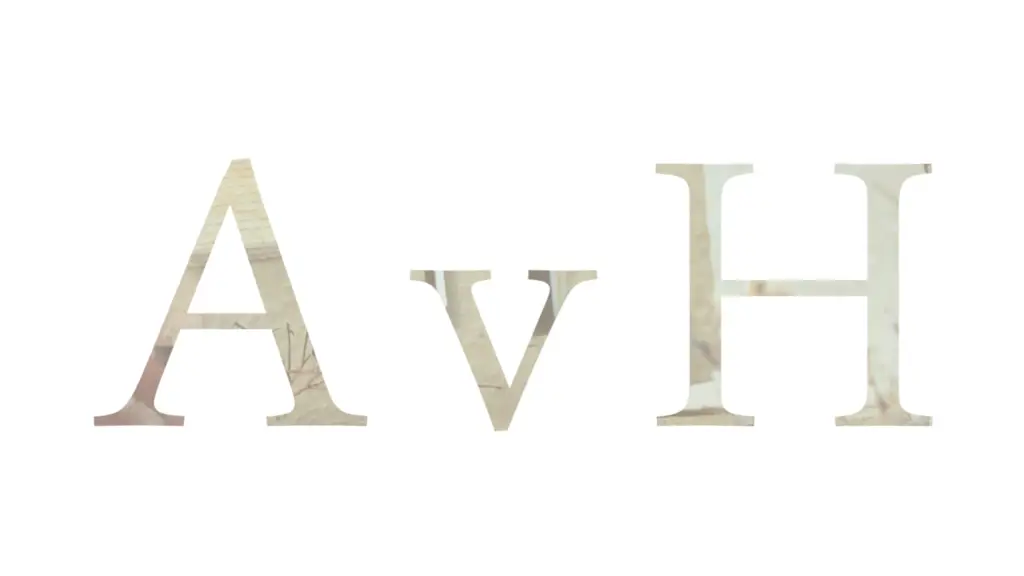
I never know the words
for a person passing by
who sits across from me,
so that we are both alone
and still part of this together.